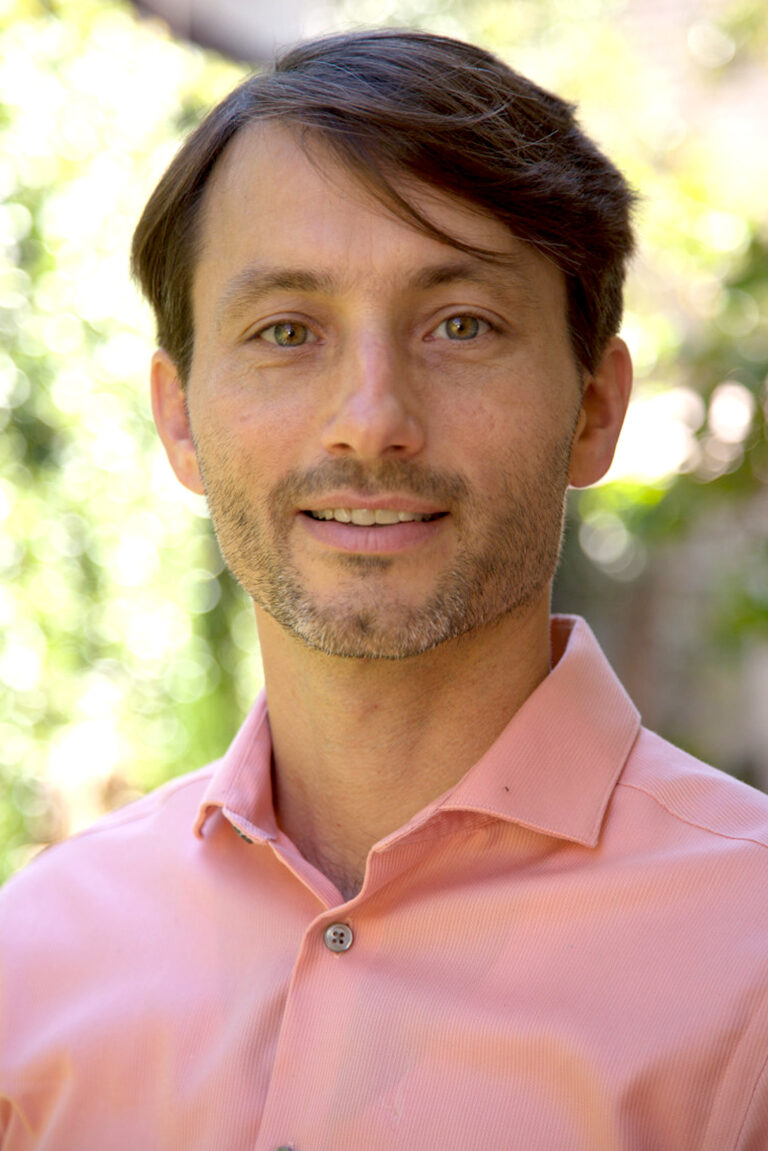Meditation
Mindfulness Meditation is currently the most researched psychological tool. Several researchers at various universities (e.g. UCLA, University of Wisconsin) are investigating how meditation can help reduce stress and its associated health problems, increase concentration, and promote a sense of well-being.
The most basic type of mindfulness meditation is focused attention on one’s breath. Simple in theory, maintaining focus on the breath requires training in order to non-judgmentally bring the wandering mind back to the breath. There are many types of mindfulness meditation, but they all share a common principle: moment-by-moment and non-judgmental awareness.

Our Practitioners Who Specialize in Meditation

Kevin Kunkel, MA, CMT
Certified Massage Therapist
Licensed Marriage & Family Therapist

Swati Desai, PhD, LCSW
Psychotherapist & Meditation Expert
Akasha Center’s Kevin Kunkel’s meditation teachings are specifically geared towards bringing focus to the numerous and unique ways you can deal with life’s difficult issues.
The origins of mindfulness meditation philosophy stem back 2500 years from Buddha’s teachings, yet have evolved into secular branches over time. In its simplest form, it serves as training in “paying attention to the present moment”. In its more advanced form, it can be a tool for altering the undesirable effects of difficult thoughts and feelings.
We can see why mindfulness meditation is an important psychological tool from its many applications! This tool can be used for spiritual experiences alone, but a deeper psychological self-awareness and self-control makes the spiritual experience more solid.
FAQ on Meditation:
Is meditation about emptying the mind? I find it almost impossible to do so.
Mindfulness meditation is NOT about training yourself to empty the mind. Instead, it involves special type of attentions: moment-by-moment and non-judgmental. One chooses a specific thing to focus on and calmly and non-violently returns their attention to that thing whenever the mind wanders. The most basic type of mindfulness meditation is to pay attention to your own breath. There are many forms of mindfulness meditation, however, that can be explored as the meditator advances.
Can I learn to meditate on my own by listening to a CD or reading a book?
It is possible to learn the act of meditating by reading books or listening to CDs. I strongly recommend, however, to meditate under the guidance of a teacher who can offer deeper understanding of the how and why of meditation. A teacher can greatly assist the student to overcome common obstacles to meditating. Once you learn to meditate, I advise you to join a group (called Sangha in Pali language) in order to maintain a regular practice. The group energy promotes greater present-awareness and also allows you to experience the meditative experience in a deeper way.
How are Mindfulness Meditation and the Transcendental Meditation (TM) different?
In the TM technique the meditator receives a “mantra” from the teacher, which is used as a focal point in the meditation. TM was originated by the yogi Maharshi Mahesh, but gained popularity during the sixties while being researched for its use as a stress reduction and spiritual tool. In the seventies, Westerners who traveled to India and Thailand to learn Buddhist styles of meditation brought their findings to medical settings in the US.
Unlike the mantra focus of TM, the foundation of the mindfulness meditation style is to be mindful of the present moment, here and now. Mindfulness meditation is a secular style of meditation and has many practical applications that can result in: stress reduction, increased concentration, reduced symptoms of ADHD, reduced depression, increased empathy, and evenness of mind. Both meditations have a large following; the style of meditation chosen by the meditator depends on the meditator’s personal preference and reason for meditation.





